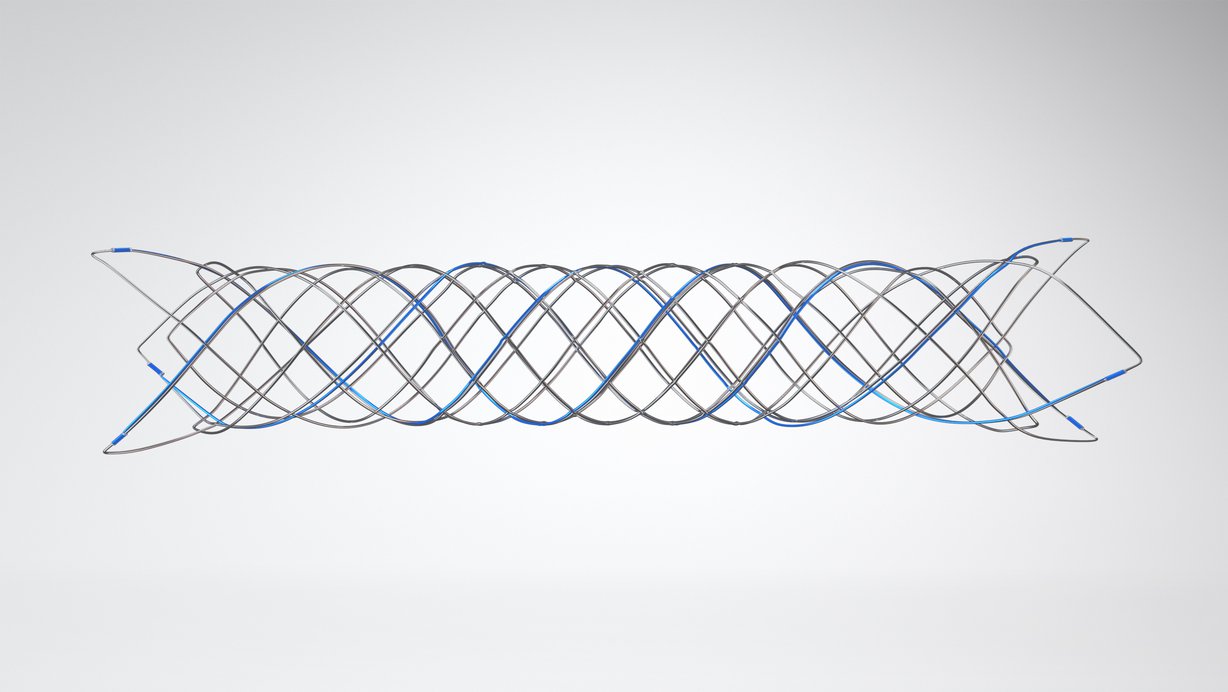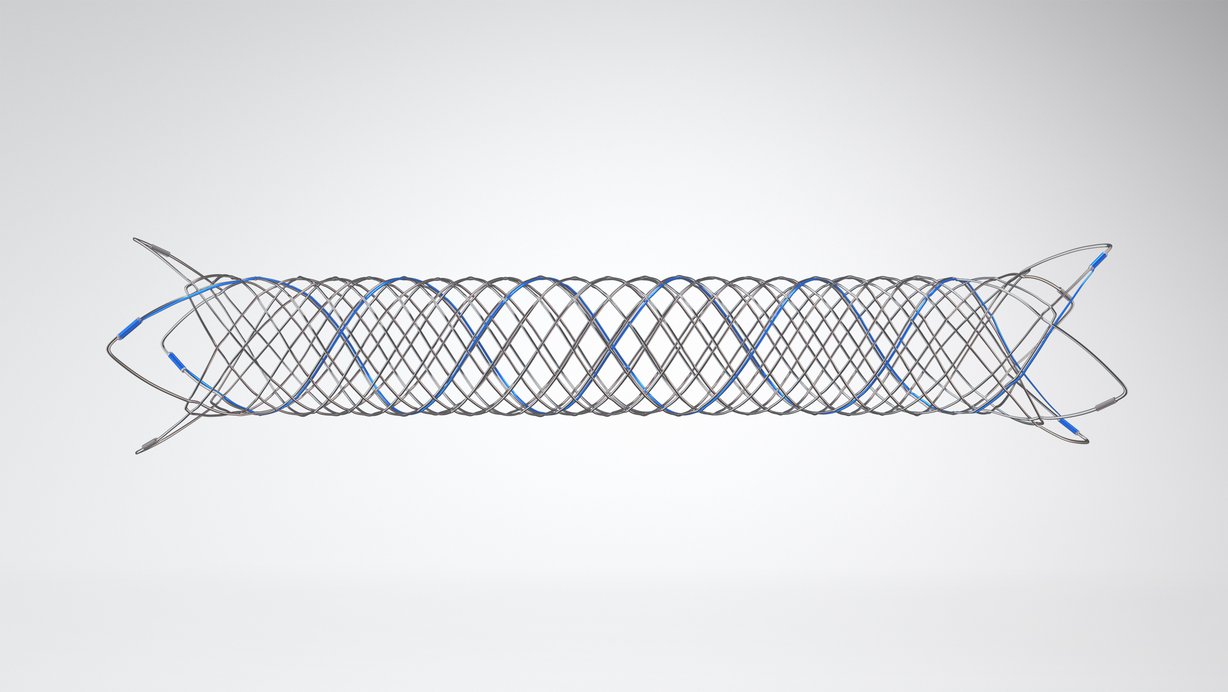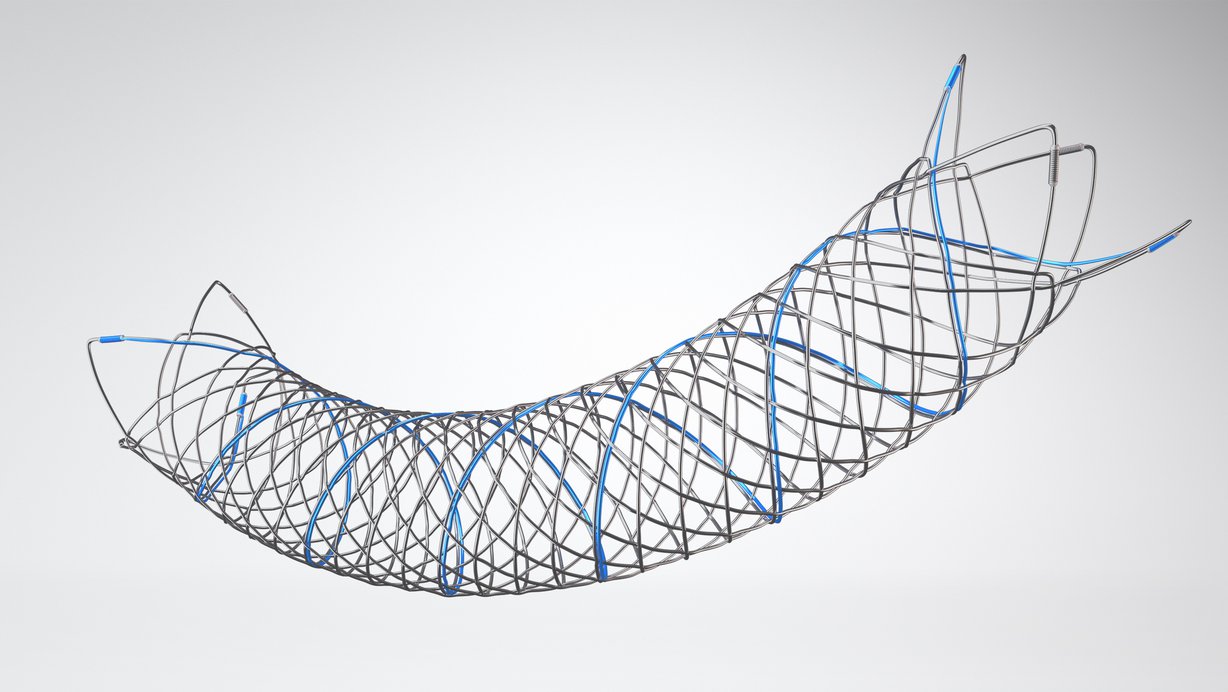MR Conditional
The FRED (Flow Re-direction Endoluminal Device) and LVIS (Low-profile Visualized Intraluminal Support Device) are MR Conditional. Non-clinical testing demonstrated that these devices are MR Conditional. A patient with this device can be scanned safely, immediately after placement under the following conditions:
- Static magnetic field of 1.5-Tesla and 3-Tesla, only.
- Maximum spatial gradient magnetic field of 2,500-Gauss/cm (extrapolated) or less.
- Maximum MR system reported, whole body averaged specific absorption rate (SAR) of 2-W/kg for 15 minutes of scanning (i.e., per pulse sequence).
- Normal Operating Mode of operation for the MR system.
MRI-Related Heating
In non-clinical testing , the FRED (Flow Re-direction Endoluminal Device) and LVIS (Low-profile Visualized Intraluminal Support Device) produced the following temperature rises during MRI performed for 15-min of scanning (i.e., per pulse sequence) in 1.5-Tesla/64-MHz (Magnetom, Siemens Medical Solutions, Malvern, PA. Software Numaris/4, Version Syngo MR 2002B DHHS Active-shielded, horizontal field scanner) and 3-Tesla (3-Tesla/128-MHz, Excite, HDx, Software 14X.M5, General Electric Healthcare, Milwaukee, WI) MR systems:
MR system reported, whole body averaged SAR
1.5-Tesla
2.9-W/kg
3-Tesla
2.9-W/kg
Calorimetry measured values, whole body averaged SAR
1.5-Tesla
2.1-W/kg
3-Tesla
2.7-W/kg
Highest temperature change
1.5-Tesla
2.8˚C
3-Tesla
3.6˚C
Artifact Information
MR image quality may be compromised if the area of interest is in the exact same area or relatively close to the position of the FRED or LVIS device. Therefore, optimization of MR imaging parameters to compensate for the presence of this device may be necessary. The maximum artifact size (i.e., as seen on the gradient echo pulse sequence) extends approximately 4-mm relative to the size and shape of this implant. The lumen of this device can be visualized using the MRI techniques applied for the artifacts tests.
Pulse Sequence T1-SE T1-SE GRE GRE
Signal Void Size 462-mm2 41-mm2 743-mm2 72-mm2
Plane Orientation Parallel Perpendicular Parallel Perpendicular





